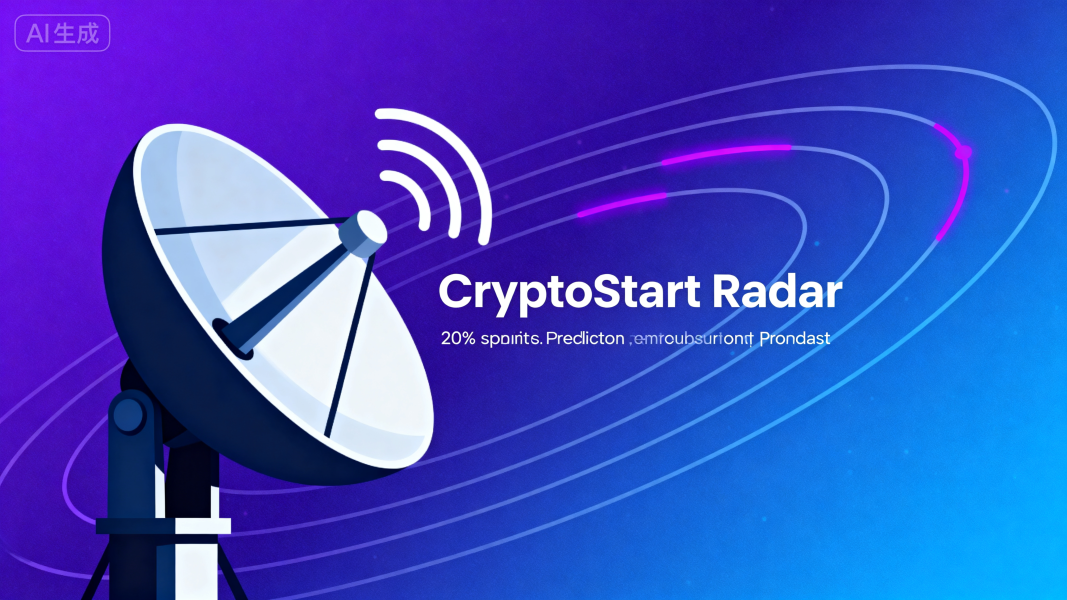Order Placement: Placing buy/sell orders and waiting for execution
A complete guide to placing crypto buy/sell orders, choosing order types, and navigating the execution process—for beginners and traders.
What Is Order Placement in Crypto Trading?
Order placement is the process of submitting a buy or sell request for cryptocurrency on an exchange and waiting for it to be matched with a counterparty. Every trade starts with an order, which is added to the exchange’s order book—a live list of pending trades. Execution depends on factors like order type, market liquidity, and volatility, with some orders filling in seconds and others waiting hours (or longer) for the right price.
Step-by-Step to Placing a Crypto Order
- Choose a Regulated Exchange: Select a platform like Binance, Coinbase, or Kraken. Sign up, complete KYC verification, and enable 2FA.
- Fund Your Account: Deposit fiat (USD/EUR) or crypto into your exchange wallet via bank transfer, card, or crypto deposit.
- Select a Trading Pair: Navigate to the pair you want (e.g., BTC/USD, ETH/USDT) on the exchange’s spot trading dashboard.
- Pick an Order Type: Choose between market, limit, stop, or trailing stop orders (see details below).
- Enter Order Details: For buys, specify the amount of crypto and price (if limit). For sells, enter the amount to sell and target price.
- Review and Submit: Check fees, amount, and price—then submit the order to the order book.
- Wait for Execution: Monitor open orders. Once matched, the trade fills, and funds are credited to your account.
Common Crypto Order Types
- Market Order: Executes immediately at the best available price. Ideal for urgent trades but may have slippage.
- Limit Order: Executes only at your preset price (or better). Offers price control but may not fill if the market misses your target.
- Stop Order: Becomes a market order when a stop price is hit. Used for stop-loss or entering trades at key levels.
- Trailing Stop Order: Adjusts the stop price automatically as the market moves in your favor, locking in profits.
Key Factors Affecting Order Execution
- Liquidity: High-liquidity cryptos (BTC, ETH) fill faster with less slippage; low-liquidity altcoins may have delayed execution.
- Volatility: Sharp price swings can increase slippage and delay execution, especially for market orders.
- Order Size: Large orders may deplete liquidity, leading to partial execution or higher slippage.
- Trading Fees: Exchanges charge fees (0.1%–0.5% per trade) that vary by order type—limit orders often have lower fees.
Tips for Successful Order Placement
- Start Small: Test orders with small amounts to avoid mistakes as a beginner.
- Use Limit Orders for Price Control: Avoid overpaying/underselling by setting specific target prices.
- Monitor Open Orders: Adjust or cancel orders if market conditions shift (e.g., a rally past your limit price).
- Factor in Fees: Calculate fees to avoid eroding profits, especially for frequent trades.
- Avoid Emotional Decisions: Stick to pre-planned order details—don’t rush due to FOMO or panic.
Conclusion
Order placement is the foundation of crypto trading, connecting your strategy to the live market. By understanding the process, choosing the right order type, and accounting for liquidity and volatility, you can execute trades efficiently and manage risk. Whether you’re buying your first crypto or refining your trading approach, mastering order placement is key to success. Remember: patience pays off—waiting for the right execution can make all the difference in your crypto journey.

